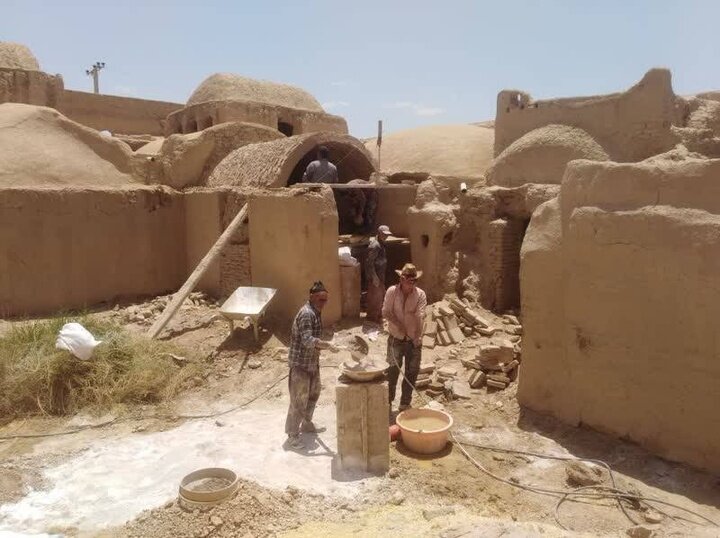INSUBCONTINENT EXCLUSIVE:
in an ever-changing world of invasion and conquest.Fortifications in antiquity were designed primarily to defeat attempts at the escalade,
The Ancient Egyptians also built fortresses on the frontiers of the Nile Valley to protect against invaders from neighboring
Wedged between the northern Dasht-e Kavir and the southern Dasht-e Lut on a flat plain, the oasis city enjoys a very harmonious
destination by almost all of its visitors
It teems with mud-brick houses that are equipped with innovative badgirs (wind catchers), atmospheric alleyways, and many Islamic and
Iranian monuments that shape its eye-catching city landscape.It is a living testimony to the intelligent use of limited available resources
in the desert for survival
Water is brought to the city by the qanat system
Each district of the city is built on a qanat and has a communal center.The use of earth in buildings includes walls and roofs through the
construction of vaults and domes
Houses are built with courtyards below ground level, serving underground areas
Wind catchers, courtyards, and thick earthen walls create a pleasant microclimate.Partially covered alleyways, together with streets, public
squares, and courtyards, contribute to a pleasant urban quality
The city escaped the modernization trends that destroyed many traditional earthen cities.It survives today with its traditional districts,
the qanat system, traditional houses, bazaars, hammams, water cisterns, mosques, synagogues, Zoroastrian temples, and the historic garden of

